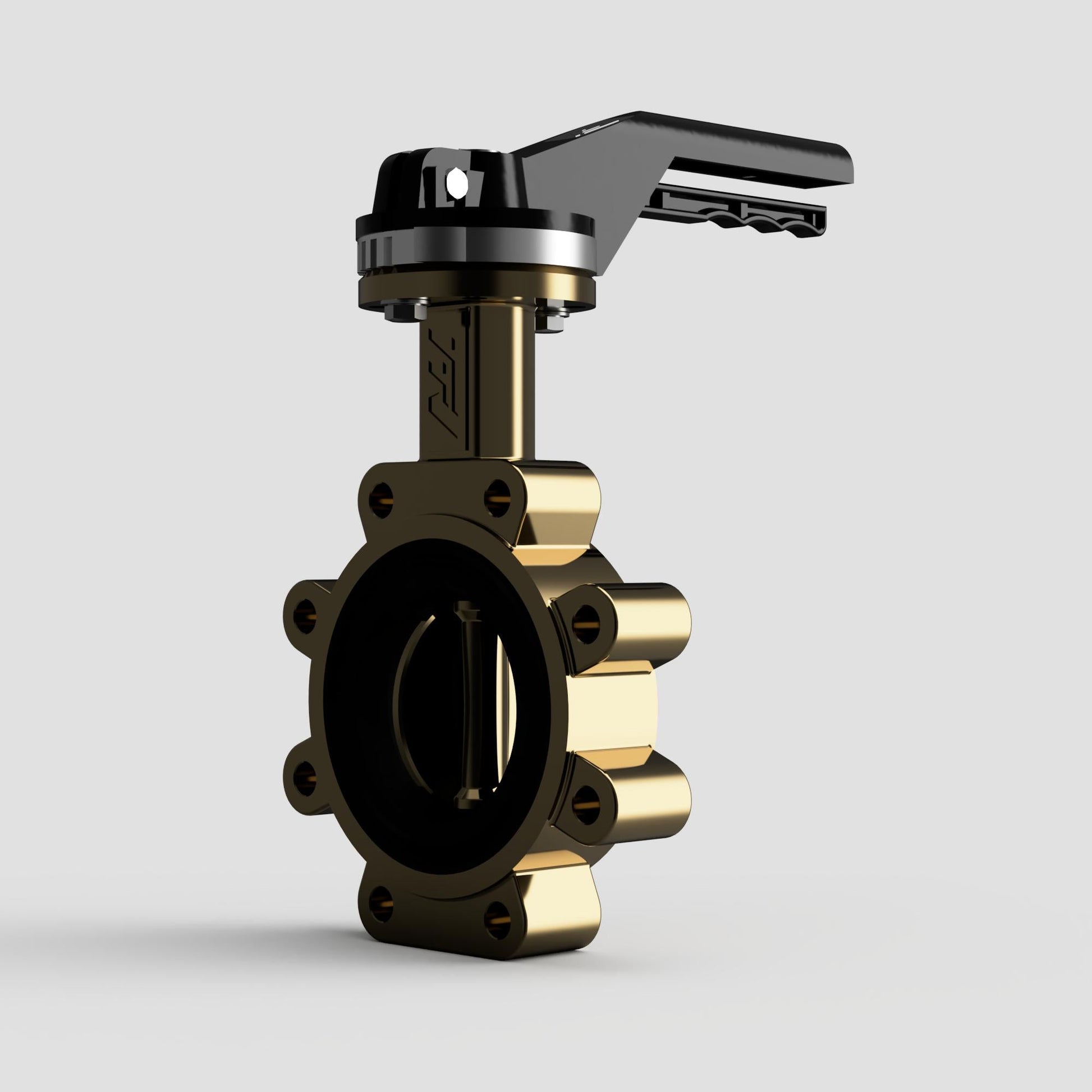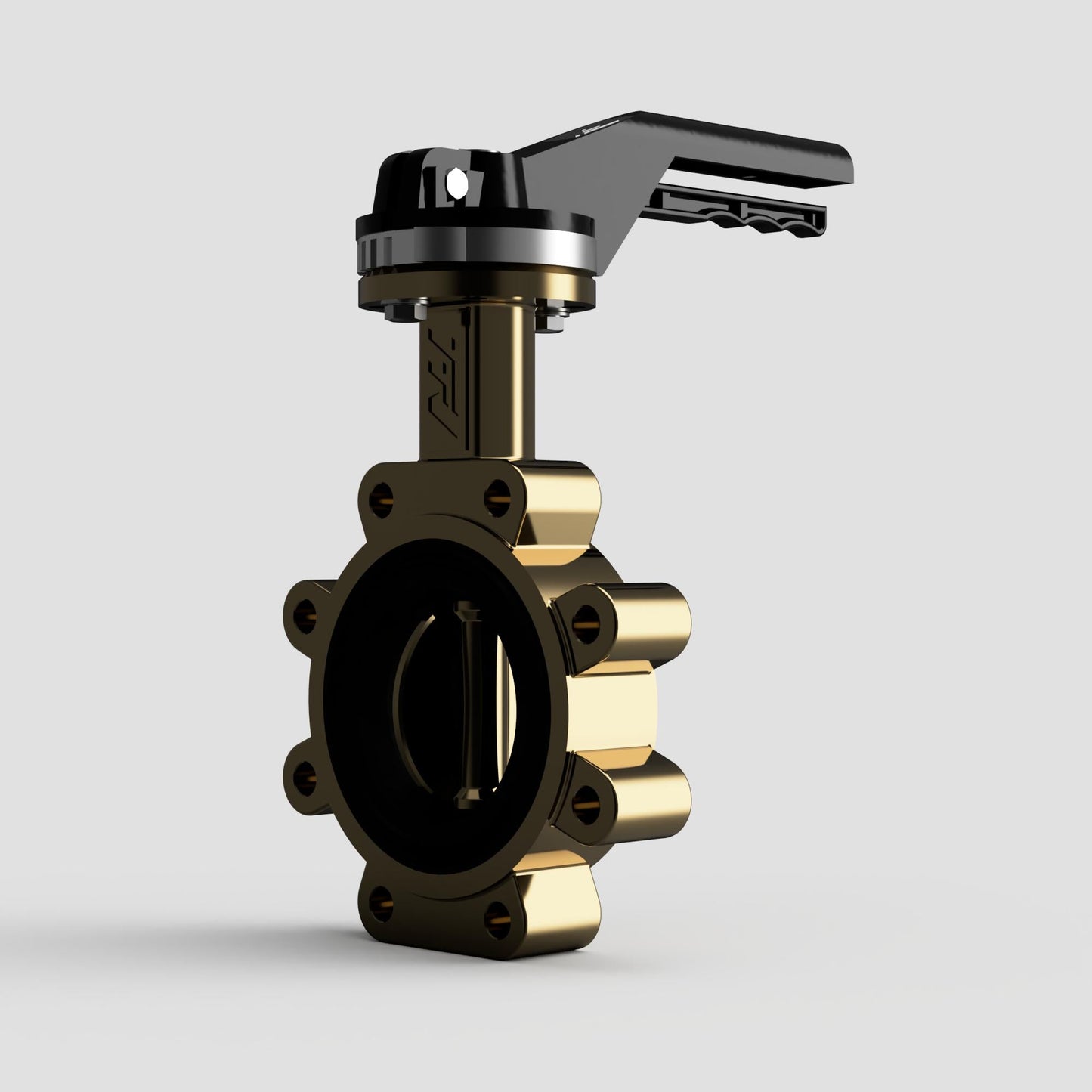⚠️ Now Fully WRAS Approved – Valve & EPDM Seat
TTV Aluminium Bronze Lugged Butterfly Valves with EPDM Seat
The TTV Aluminium Bronze Lugged Butterfly Valves are now fully WRAS approved, covering both the EPDM seat and the complete valve assembly. Engineered for challenging environments, these valves feature a full aluminium bronze body and disc for superior corrosion resistance — especially in saline or mildly aggressive media — while now offering certified compliance for potable water systems.
Designed with a lugged body pattern, this valve supports secure flange mounting and end-of-line service without disrupting the entire pipeline. Combined with a bubble-tight EPDM seal, low torque operation, and ISO 5211 mounting, it’s a robust and versatile choice for marine, water distribution, and industrial flow control setups.
Key Features:
- WRAS Approved Valve & EPDM Seat – Fully certified for potable water contact
- Aluminium Bronze Body & Disc – Exceptional corrosion resistance in harsh environments
- Lugged Pattern Design – Suitable for dead-end service and rigid flange connection
- Bubble-Tight Shut-Off – Delivers reliable leak-free sealing under pressure
- ISO 5211 Mounting Pad – Ready for direct actuator mounting
- Low Operating Torque – Smooth manual or automated operation
- Replaceable Seat Design – Easy maintenance and extended service life
A corrosion-resistant, WRAS-certified butterfly valve built to perform where both material reliability and water safety compliance are essential.


